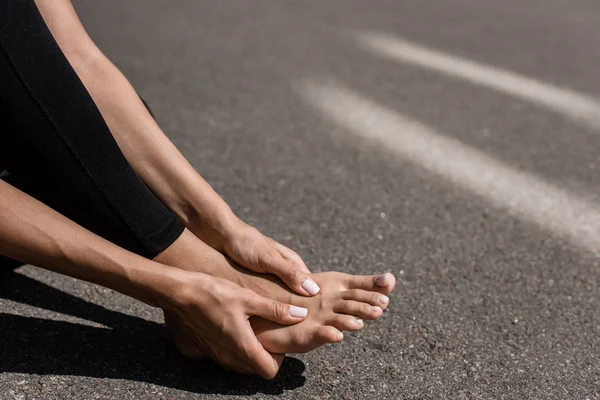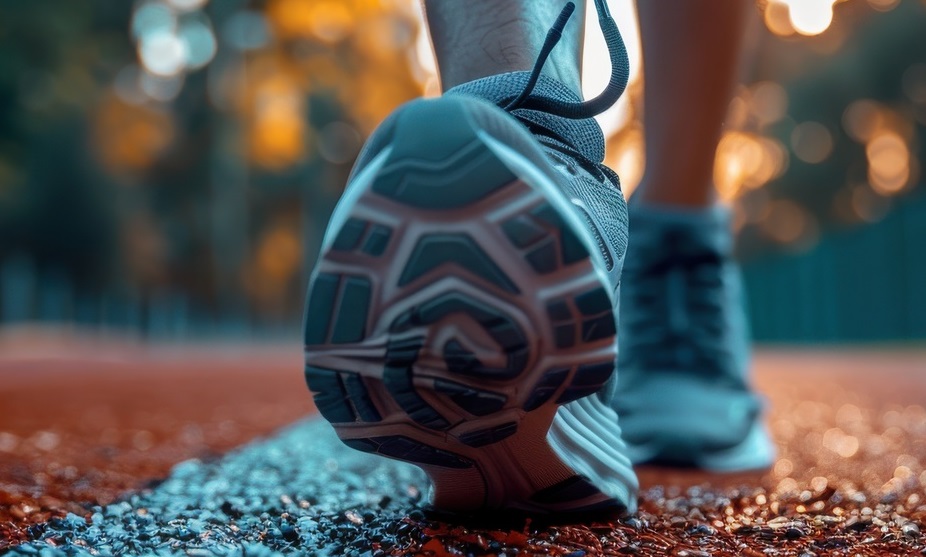Walking and running place substantial impact forces on feet while requiring adequate strength and mobility to absorb shocks. Over time, high-mileage training can bring on many foot problems without proper precautions taken. Nevertheless, you can preserve healthy, pain-free feet for lifelong walking and running enjoyment by implementing essential preventative measures.
Proper Footwear Matters
Quality athletic footwear suits each individual’s foot structure, gait mechanics, training environment, and preferred movement motions. A certified running shoe fitter helps select optimal stability, cushioning, flexibility, breathability and durability features based on your needs. Replace shoes every 300-500 miles. Rotate multiple pairs to extend sole lifespan.
Wear Moisture Wicking Socks
Socks with moisture wicking fabric keep feet cool and dry since excessive sweat softens skin and raises friction and blister risks. Well-fitting socks prevent bunching and irritation while providing a friction barrier and additional cushioning comfort.
Stretch Lower Body Well

Tight, restricted muscles, tendons and connective tissues limit range of motion and accelerate fatigue as well as injury risk. Daily lower body stretching maintains elasticity and prevents muscle imbalances or limitations, especially following workouts when tissues tighten and shorten as they cool.
Strengthen Feet
Improving intrinsic foot muscular strength reinforces the many delicate foot bones against impact shocks while supporting the foot’s structural integrity and stabilizing function during walking and running motions. Basic exercises like towel curls, toe yoga, heel raises and picking up marbles improve resilience.
Maintain Healthy Body Composition
Excess weight loads additional force onto feet multiplied by hundreds of steps per run or walk. Gradually shedding extra pounds takes substantial mechanical burden off lower extremities. Building lean muscle also protects joints, ligaments, and tendons.
Use Proper Running Form
Check running form ensuring adequate bend in knees to absorb shock, forward tilted torso, relaxed shoulders and smooth heel to toe strides instead of heavy impacts onto flat feet. Initially shorten stride length, focusing on proper positioning and build back up distance slowly.
Cross Train Complementary Activities
Alternating running days with swimming, cycling, rowing machines, elliptical trainers or gentler walking gives feet needed variety and recovery time while building balanced musculoskeletal fitness and avoiding repetitive strain to the same tissues.
Ice After Strenuous Exercise
Icing feet for 10-15 minutes post long runs or walks constricts blood vessels reducing inflammation and swelling, speeding the repair and adaptation process.
Schedule Rest Days
Planning one or two rest days a week from running, walking long distances or other high-impact exercise gives body and feet opportunity to fully recuperate instead of incurring repetitive micro traumas.
Treat Minor Foot Pain Early
Addressing subtle initial foot irritations, bruises or twinges promptly with RICE methodology (rest, ice, compression and elevation) arrests development of more extensive injuries that often require foot doctor care like stress reactions, fractures or plantar fasciitis.
Monitor Warning Signs
Pay attention to emerging foot problems hinted through unusual pains, lingering limp, bruising, calluses, etc. Spotting difficulties early before they bloom into debilitating injuries, taking you off your feet for lengthy recovery.
Orthotics Can Remedy Imbalances and Instability
Custom orthotics from a foot doctor help realign feet positioning and gait motions reducing risk factors contributing to chronic foot strains and discomfort, according to the foot experts at Beyond Podiatry. Less costly over-the-counter orthotic inserts also cushion and support.
Conclusion
Commitment to preserving your feet’s health through preventative precautions sustains an active lifestyle with pain-free walking and running for years. Implement these fundamental tips so you can log unlimited miles. To guarantee that your feet remain strong and resilient companions throughout your fitness journey, be sure to implement these fundamental tips which will help you log unlimited miles.

